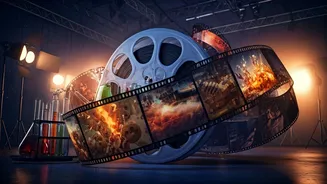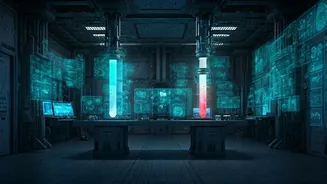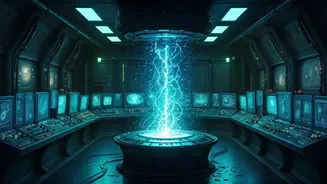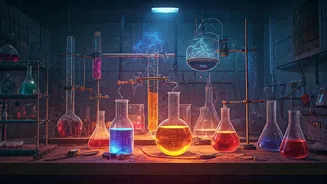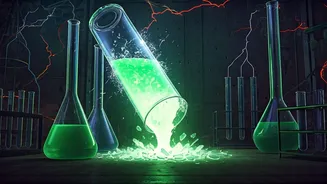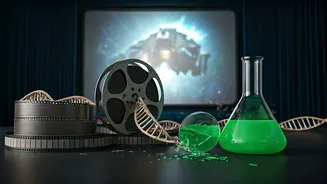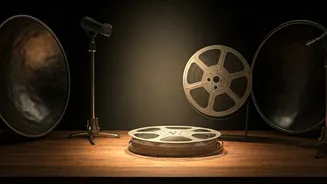Gravity's Casual Approach
In many films, gravity seems to be more of a suggestion than a law. Characters are seen leaping across vast chasms, surviving falls from impossible heights,
or explosions conveniently propelling them through the air in slow motion without considering the physics involved. For example, the classic trope of people being pulled out of a building after an explosion, followed by a slow-motion flight through the air as if they were feather-light, often clashes with the immediate and devastating effects of explosions in reality. These scenarios frequently prioritize spectacle over scientific accuracy, creating moments that are visually striking but scientifically questionable, prioritizing dramatic effect over realism.
Sound in Space Shenanigans
The misconception of sound's behavior in the vacuum of space is another common movie trope. In many science fiction films, explosions, laser blasts, and the clashing of space vessels are accompanied by loud, roaring sounds. The absence of a medium to transmit sound waves in space, however, means that such noises wouldn't be heard at all, as sound requires a medium like air or water to travel. Characters who communicate audibly in space, without the aid of a radio or some other technology that transmits sound waves through a medium, is another frequent scientific inaccuracy, adding a level of suspense or immediate understanding that reality simply wouldn't allow. The focus remains on creating a more exciting and understandable narrative for the viewer.
Time Travel Troubles
Time travel, a staple of science fiction, presents a host of scientific inaccuracies. Movies and TV shows often manipulate the mechanics of time in ways that defy the known laws of physics. The portrayal of time travel is often simplified for storytelling purposes, disregarding complex concepts like the effects of time dilation or the paradoxes that could arise from altering the past. The very idea of traveling back in time and altering events often overlooks the scientific understanding that any change could trigger an entire cascade of unforeseen consequences. These depictions regularly choose to emphasize the adventure and narrative possibilities over the constraints of scientific realities.
Instant Chemical Reactions
Chemical reactions in movies and TV are often accelerated, resulting in explosions, rapid transformations, and immediate effects that would take far longer to occur in the real world. The instantaneous mixing of chemicals to create instant explosions or the sudden melting of substances without considering factors like temperature, pressure, and the chemical composition itself are common artistic liberties. For instance, a highly corrosive substance might melt through metal or flesh in seconds, while in reality, such reactions would take a considerable amount of time, depending on various factors. These speedy reactions are designed to create visual excitement and dramatic tension.
Unrealistic Computer Science
Depictions of computer science are frequently inaccurate, often showing highly advanced technology or unrealistic capabilities. Characters may hack into systems within seconds, analyze vast datasets in a matter of moments, or use interfaces that would be clunky or impossible in the real world. The use of complex, visually engaging interfaces often adds to the dramatic effect, but rarely reflects the reality of programming, data processing, or cybersecurity. Furthermore, the ease with which characters bypass security systems and obtain confidential information is often highly exaggerated, allowing for more dramatic plots and instant plot advancement.
Human Biology Liberties
The human body becomes another area where filmmakers often take creative liberties. Instantaneous healing, unrealistic physical feats, or the ability to survive extreme injuries and conditions are common. Characters may survive life-threatening injuries with little more than a quick bandage or recover from grievous wounds within a few hours, ignoring the human body’s natural limitations and the time required for healing. Furthermore, the way medical procedures, such as surgery, are depicted tends to be significantly simplified for the audience. These choices serve to heighten the suspense and create more dramatic situations for the characters, but they rarely reflect medical science's actual processes and outcomes.
